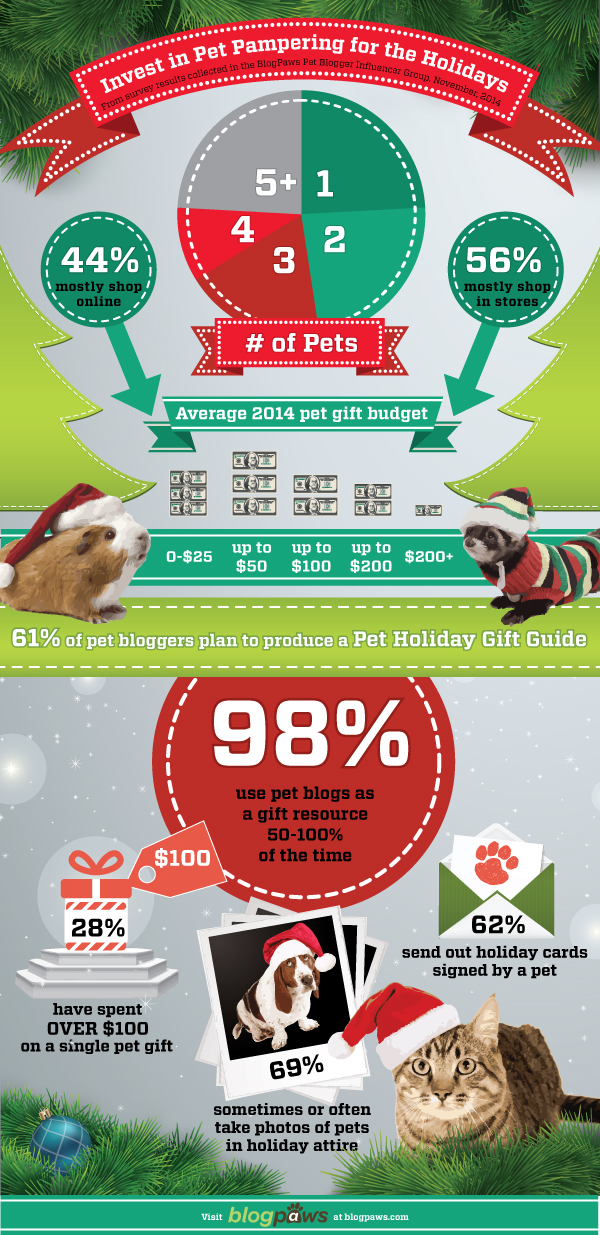How Long Can Dogs Stay In Daycare
How Long Can Dogs Stay In Daycare
Blog Article
How to Conduct a Pet Day Care Actions Assessment
Running a canine childcare entails a lot more than simply offering a safe area for pets to play. It also entails understanding each pet dog's habits, and avoiding harmful behaviors like aggressiveness or splitting up stress and anxiety.
A functional analysis is among the most vital tools a trainer makes use of. Using this device, they can evaluate the antecedents of habits. As an example, why does a canine draw on-leash?
Temperament Test
Personality tests have been created for a variety of functions, consisting of assessing job-related pet dog temperaments (Hsu and Serpell, 2003) and to assist choose pets for rescue shelters that are most likely to grow in the home environment (Arkow, 1994; Miller et al 1996). Nonetheless, these examinations lack clear goals or standardization, which minimizes their integrity.
When a pet parent makes a visit for their pet to come to daycare, make sure to tell them that the initial part of the evaluation will include your character examination. Throughout this moment, you will separate the canine from their proprietor and observe their responses to a collection of visual, tactile and smell stimuli, developed to measure stability, terror, aggression and self-protective actions.
Throughout this process, be sure to pay very close attention to the pet dog's head, neck and ear and tail stances, along with their eye contact. This information will be very important for establishing the most effective playgroup for the dog.
Daily Regimen
During your dog's stay at a daycare, personnel carry out an everyday regimen of play with various other pets, relaxing, enrichment tasks, and training sessions. The regimen needs to additionally consist of a lot of time for the pets to relax in quiet areas when they are overstimulated or showing signs of stress (e.g., growling, nipping).
When it is time for pick-up, the dog owner will usually receive a detailed report on how their pet interacted with various other pets and what tasks they joined throughout the day. This gives the dog proprietors a concept of what their pet dog experienced at daycare and helps them strengthen positive habits in your home.
An open line of communication between the canine owner and the day care team is crucial for making certain that the childcare setting is risk-free and satisfying for all included. Staff should keep in touch with dog proprietors concerning their family pets' experiences at day care and make any necessary changes to the pet dogs' routines.
Staff Training
An excellent pet day care or boarding facility should have well-trained team in pet behavior and first aid. Inquire about their training and accreditations before making a decision.
Seek a personnel with positive attitudes in the direction of canines and outstanding communication abilities. Be careful of high turnover rates as it might suggest management concerns that affect consistency and top quality of treatment.
Check the center's family pet safety plans and team play rules. Reputable centers prioritize safety and very carefully match canines based upon dimension, temperament, and actions to lessen aggression triggers.
Look out for indications of stress or stress and anxiety like hiding or too much barking. These could signify that the canines are not receiving the treatment they need or have actually been exposed to a demanding environment. Seek personnel that takes part in risk-free interactions, oversees group play, and action in when necessary to handle behaviors and make certain the security of all pets in their care.
Toys & Food
An excellent daycare will certainly have lots of playthings and food to keep canines hectic and captivated. They will certainly also have lots of areas for downtime, to assist protect against overstimulation.
Search for a center that uses just favorable reinforcement and force-free methods in their canine managing and training. Ask them precisely what they suggest by positive support and how they use it in their communications with the canines they deal aggressive dog boarding near me with. Avoid facilities that point out just dominance-based television star trainers as their influences.
Some pet dogs are very timid or worried of various other canines. They might show behavior issues at childcare such as nuisance barking, mouthing, and even aggressiveness. They will certainly need an atmosphere that can suit them, and a trained team that recognizes the importance of limiting playgroup size. They will certainly additionally need to be able to determine indicators of frustration, such as mounting, body barring, and unrelenting chasing, that can lead to scuffles or fights.